Scarce promotional birdseye view map and brochure of the Lake Minnewaska Estate, dating from 1944.
The brochure serves as a guide for walks and drives around this picturesque locale situated along the Minnewaska Trail in New York. The visual material is richly detailed, providing a panoramic illustration of the estate's topography and points of interest, complemented by photographs that capture the essence of the retreat.
The brochure is a historical artifact that not only offers guidance through the Estate's paths but also encapsulates the ethos of leisure and recreation during the mid-20th century. It depicts a serene natural haven where "body, mind, and soul are re-created," highlighting the estate’s significance as a sanctuary from the tumult of the wartime era.
Arrayed around the brochure, the surrounding photographs contribute to the narrative of an idyllic getaway, showcasing the varied attractions from the Cliff House to the Wildmere Hotel, along with the natural splendor of the lake and its environs.
The Lake Minnewaska Estate history begins in the late 19th century. Established in 1879 by twin brothers Albert and Alfred Smiley, the estate was conceived as a mountain resort providing an escape amidst the Shawangunk Mountains of New York. The Smileys, Quakers by faith, were educators from Vassalboro, Maine, who valued the rejuvenating qualities of nature. In its early years, the estate rapidly became synonymous with tranquility and luxury, attracting guests who sought both the restorative air of the upstate wilderness and the refined amenities offered by the resort. The property originally featured two hotels, the Wildmere and the Cliff House, both of which exemplified the grandeur of the Gilded Age. The hotels were architectural marvels of their time, offering unparalleled views of the pristine Lake Minnewaska.
The Smileys were pioneers in the conservation movement, and their stewardship of the land was reflected in the careful balance they maintained between guest comfort and environmental preservation. They developed the estate with an emphasis on harmony with the natural landscape, creating carriage roads, hiking trails, and scenic overlooks that allowed visitors to experience the beauty of the area without causing ecological disruption.











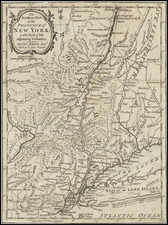
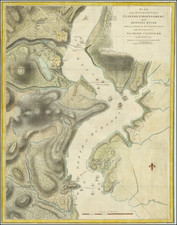
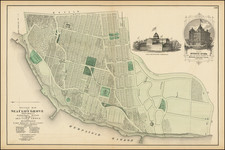
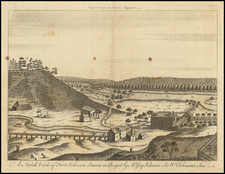
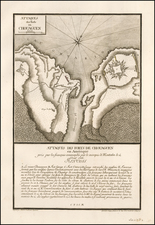
![[Carolinas, Virginia, the Chesapeake, Pennsylvania, New York]](https://storage.googleapis.com/raremaps/img/small/71479.jpg)